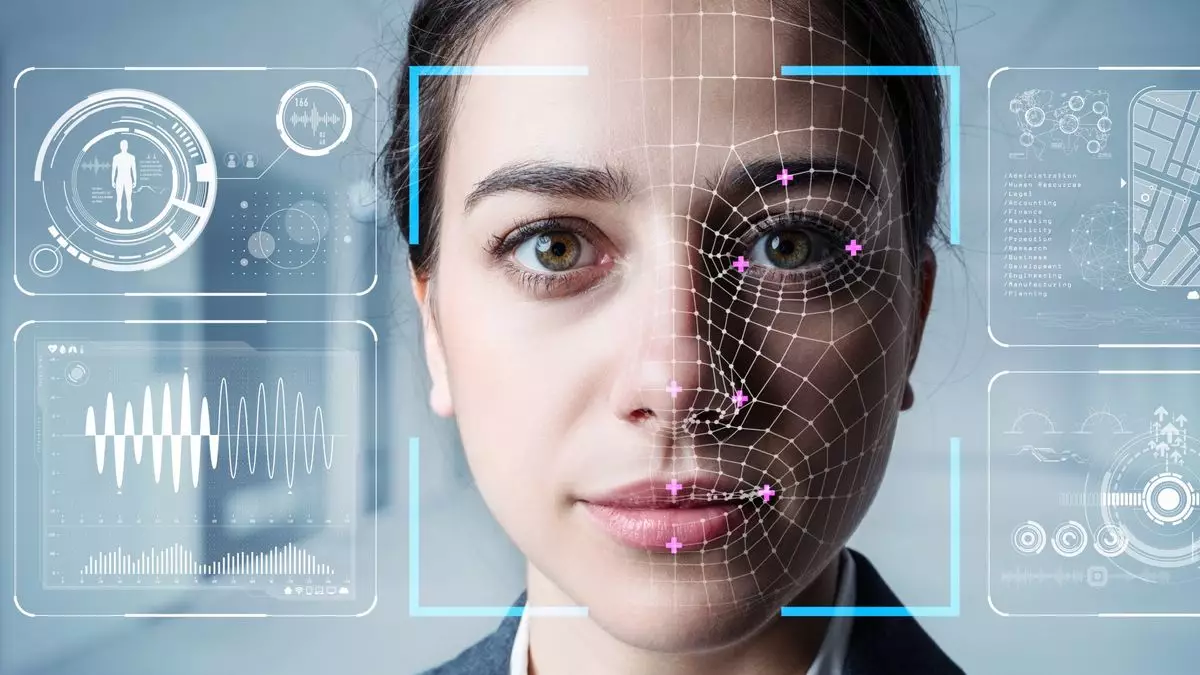The world is entering an era where convenience in travel is being redefined through advanced biometric technologies. Stakeholders across the aviation sector anticipate that within the next few years, American flyers will experience a marked increase in touchless and digital airport identification systems. This shift will include the pioneering of fully integrated, digitized airport journeys that aim to streamline the travel process while enhancing security.
The Inevitable Evolution of Air Travel
According to Donnie Scott, the CEO of Idemia North America—a company recognized for its biometric identity solutions—touchless travel is on the horizon. Scott suggests that within the next two to five years, select airports may offer hands-free experiences, particularly aimed at passengers who are enrolled in TSA PreCheck programs. He envisions that such systems will become increasingly prevalent over the next decade, revolutionizing how travelers navigate through airports.
A comprehensive digital airport journey will encompass a series of innovative biometric touchpoints. These would include facial recognition or mobile ID checks during bag drop-off, security screenings, and at departure gates. For international air travel, passengers can expect seamless digital passport verifications at various stages, including check-in and border control, further streamlining the entire travel experience.
At present, Global Entry program members experience a quasi-hands-free re-entry into the United States. Instead of presenting a physical passport, travelers simply pose for a photograph at designated kiosks, which is compared automatically with an image stored in the Global Entry database. This facilitates a more efficient process for frequent travelers, yet it is only the beginning of broader implementations.
The TSA is also ramping up efforts to introduce touchless identification solutions at security checkpoints across multiple airports. Touchless security lanes are currently operational at nine airports, facilitated by partnerships with airlines such as Delta and United. American and Alaska Airlines are projected to be the next to join this initiative, which features exclusive access for PreCheck passengers who opt in with their respective airlines.
TSA representatives have highlighted the efficiency of touchless ID screening, with an average processing time of eight seconds per traveler—significantly faster than the manual verification method, which can take over 18 seconds. Since launching in 2021, approximately six million passengers have utilized these touchless lanes, indicating a strong interest from the flying public.
Notably, technological constraints are not the primary hurdle in scaling touchless travel solutions; rather, it revolves around logistics and coordination between airports, airlines, and TSA personnel. Jason Lim, the TSA’s identity management capability manager, emphasizes the complexities associated with implementing these changes, which involve adjusting checkpoint layouts and training staff as well as travelers.
Despite the clear demand for enhanced touchless capabilities, financial limitations pose a significant challenge, as echoed in a recent House Homeland Security subcommittee hearing. Current funding models suggest that the full rollout of biometric screening technologies may not be realized until the 2040s if funding conditions do not improve. A substantial portion of the necessary funding comes from the Passenger Security Fee, which has been subject to congressional diversions since 2013.
Public Opinions and Political Opposition
Public sentiment towards biometric technologies in airports tends to be encouraging. A September survey conducted by Ipsos revealed that 79% of air travelers are in favor of using biometric systems at TSA checkpoints. However, there remains vocal political opposition spearheaded by privacy advocates concerned about the implications of such technologies, particularly regarding facial recognition.
Legislative activity reflects this tension, with various bills introduced in Congress aimed at restricting the federal government from deploying facial-recognition technology. While there remains a divide within political realms, the airline industry appears committed to integrating these systems as a means of enhancing passenger convenience and operational efficiency.
Carriers like Alaska Airlines are at the forefront of this biometric revolution. The airline already provides biometric-enabled international check-in services and plans to join the TSA’s Touchless Identity program across multiple key airports shortly. Notably, Alaska is also making strides to implement touchless bag drop services, further solidifying its commitment to offering a frictionless travel experience.
Kristin Olsen, the airline’s director of product management for digital technology, underscores the importance of mobile ID verification at every checkpoint, catering to traveler preferences for ease and privacy. Currently, twelve states issue digital IDs compatible with TSA checkpoints, and by 2026 or 2027, Alaska aims to allow passengers to choose between facial recognition or mobile ID verification at various touchpoints.
The future of air travel promises significant advancements through biometrics. While many challenges lie ahead, the commitment from industry stakeholders to create secure and efficient travel experiences suggests that a touchless future may not be far off. Investing in technology, infrastructure, and public education will be key to realizing this vision and ensuring that travelers can enjoy smooth, hassle-free journeys well into the future.


Leave a Reply